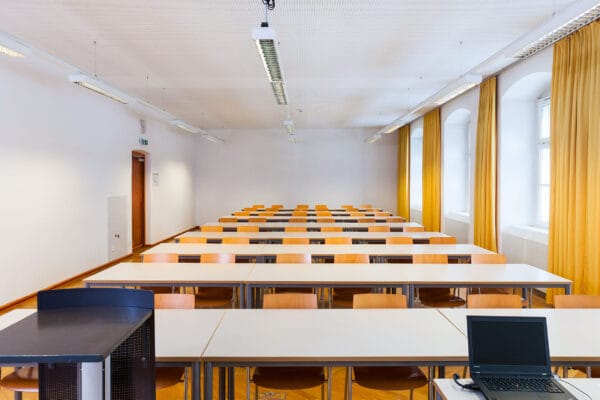
NAME:
Theologie – SR VI
BUILDING:
Theologie
FLOOR:
1
TYPE:
Seminar Room
CAPACITY:
48
ACCESS:
Only Participants
EQUIPMENT:
Beamer, PC, WLAN (Eduroam), Overhead, Flipchart, Blackboard, Handicapped Accessible, LAN, Speaker Desk
Post-earthquake reconstruction is based on the buidt back better principle. However, in a context of triple pressure – the imposition of new anti-seismic standards, the injunction to rebuild quickly, and the deployment of opportunistic operators – the new architecture favours standardised exogenous materials (steel and concrete) despite their unsuitability for mountain climatic conditions. Reacting to post-disaster emergencies therefore increases people’s vulnerability to gloabal warming. We will be presenting some pilot experiments carried out since January 2024, which provide an opportunity to outline alternative strategies. The first concerns the issue of repairing historic buildings and reinforcing them using historic techniques to improve their resistance to earthquakes. The second is the construction of new buildings combining contemporary uses and local historic techniques. What these two strategies have in common is that they are based on the availability of local materials (earth, stone, wood) and the reactivation of historic know-how in a paleinnovation process. Exogenous materials are used to achieve certain regulatory construction performances. They enable buildings to have a very low carbon footprint and a very low environmental impact throughout their life cycle (construction, maintenance, operation, but also when they are destroyed). They also pose a societal choice between capital-intensive and labour-intensive construction approaches. Indeed, it seems necessary to consider how to maintain a skilled, respected and well-paid local workforce if we are to maintain constructive autonomy in mountain areas.

We and use cookies and other tracking technologies to improve your experience on our website. We may store and/or access information on a device and process personal data, such as your IP address and browsing data, for personalised advertising and content, advertising and content measurement, audience research and services development. Additionally, we may utilize precise geolocation data and identification through device scanning.
Please note that your consent will be valid across all our subdomains. You can change or withdraw your consent at any time by clicking the “Consent Preferences” button at the bottom of your screen. We respect your choices and are committed to providing you with a transparent and secure browsing experience.